Table of Contents
Consumer demand for high-resolution, vivid colors and lifelike imagery has grown dramatically in the past few years. High dynamic range (HDR) has changed the digital entertainment landscape, particularly with its adoption by home entertainment systems like UHD Blu-ray players, 4K TVs, and computer monitors.
Key Takeaways
- HDR10 and HDR10+ are two most popular standards, shipped in mid-high end TVs
- HDR10+ is the advanced, improved version of HDR10, a technology that enhances the color and contrast of media
- Both HDR10 and HDR10+ can't play Dolby Vision
- Dolby Vision adds greater depth, incredible contrast, and more colors than you dreamed possible to the movies, TV shows, and games you love
- Technically, Dolby Vision allows for a maximum resolution of 8K
However, there are still plenty of uncertainties surrounding HDR formats (see 'What Is HDR?' post). One of the main arguments between HDR formats is HDR10 vs. Dolby Vision. If you want to know what HDR formats will dominate the market, then keep reading this article because we’ll tell you everything you need to know about these two formats, including their differences and pros/cons.
What is HDR10?
HDR format is a new video technology that has made its way into HDR TV, computer monitors, movies, and video games.
It offers better contrast, more colors, and brighter images closer to what the human eye can see. This technology was first used in professional cinematography and photography, but now it has become an important part of modern home entertainment as well.
It's supported on more devices and by more content providers, including Amazon Video, Netflix, and Vudu.
HDR Does not Require Licensing Fees
HDR10 is an open standard, and it does not have licensing fees for companies that wish to use it. It's also royalty-free for manufacturers who want to put it into their products. More than 50 companies support it.
HDR10 has been tested and approved by the UHD Alliance, meaning that any content that you view on a device that supports HDR10 will be exactly how it was intended to look by the director of the film or a TV show.
What is the Best HDR Format?
If you are looking for a HDR TV, one that supports HDR 10 or HDR10+ is perfectly fine. If you want to get the absolute best in image quality, Dolby Vision as a technology is what you should consider. It has better specs and looks better than HDR10+, but it isn't cheap.

What is Dolby Vision?
If you're looking to take your home entertainment to the next level or even if you just want to make sure that you're getting the best possible picture for all of your content – you need to learn about Dolby Vision.
Dolby Vision is a type of HDR format, and it's a significant improvement over what came before it. It has a greater color gamut, meaning deeper colors, richer blacks, and better monitor contrast ratios. It also supports full dynamic range, so you can experience the full intensity of your favorite scenes, whether they're light or dark.
Dolby Vision is a premium HDR format that requires licensing. Some major content providers have picked it up, including Netflix and Amazon Video, with hundreds of titles now available in Dolby Vision.
What Resolution is Dolby Vision?
Technically, Dolby Vision allows for a maximum resolution of 8K up to 12-bit color depth, maximum peak brightness of 10,000 nits and a color gamut up to Rec. 2020. However, Dolby Vision content or profiles can have a lower resolution (FHD or 4K), 10-bit color depth and a peak brightness of 1,000 nits.
Current displays cannot reproduce the full Dolby Vision brightness and gamut capability, making Dolby Vision future-proof. Today, Dolby Vision requires at least 1,000 nits.
What is the Best Setting for Dolby Vision?
There are two additional Picture Modes for Dolby Vision: 'Dolby Vision Bright,' and 'Dolby Vision Dark.' We recommend 'Dolby Vision Dark,' but the 'Bright' setting might be better if you aren't watching in a completely dark room.
If your device doesn't recognize that your display supports Dolby Vision, you might need to switch the HDMI signal format to 'Enhanced format (Dolby Vision)'.
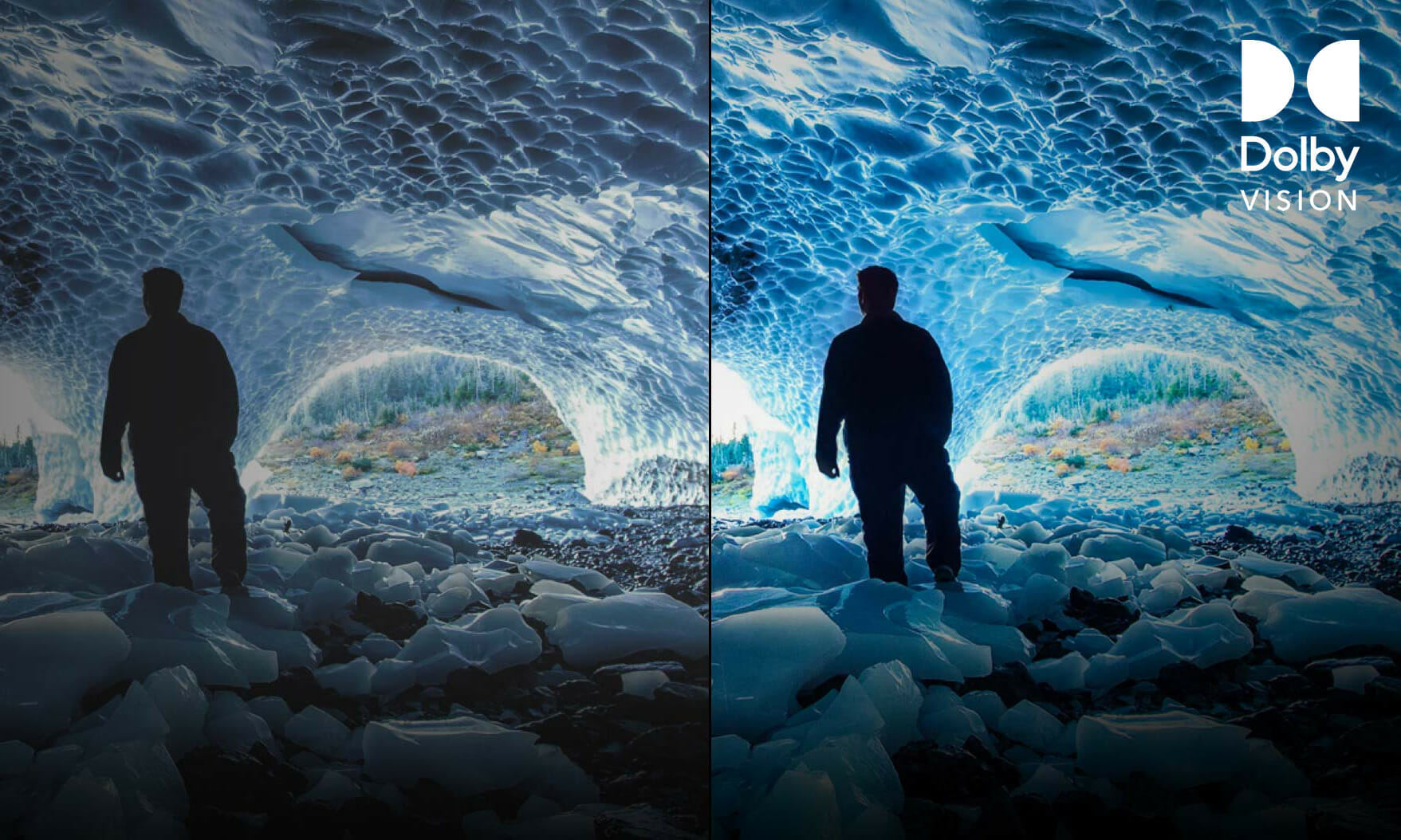
What are the Usages of HDR10 and Dolby Vision?
HDR10 and Dolby Vision are two of the most popular formats that were designed to enhance the image quality of video content.
Imagine that you are out at night and notice that your car lights illuminate everything in front of you, but you can't really see anything in the shadows to get an idea of how it works. This is one problem that HDR format overcomes. By increasing the dynamic range of an image, we can bring out details in dark areas without washing out bright areas, just like in real life.
In Cinematography
HDR10 and Dolby vision formats are used in filming movies, sports, and documentaries. They make movies more vivid, improve color accuracy and provide a wider dynamic range of the scene. They can be used in both commercial and non-commercial videos.
Use in Photography
The format also gives photographers an opportunity to capture high image quality. The images can be viewed from various angles without suffering from distortion or loss of details due to compression artifacts, etc.
For Gaming
HDR and Dolby Vision are a big deal for gaming. They render life-like images than standard displays because they can achieve greater contrast. This will produce deeper blacks and brighter whites; hence you will enjoy your games more.
Titles such as Forza Motorsport 7, Fortnite, Gears of War 4, and Middle-earth: Shadow of War use HDR formats to enable greater shadow detail, increased reflection definition, and more accurate color representation. Other games like Final Fantasy XV have implemented HDR specifically to address issues with older titles on new hardware, while older games like Rise of the Tomb Raider use it to make improvements to their visuals.
Both HDR10 and Dolby Vision are supported on PlayStation 4 Pro, PS5, and Xbox One gaming consoles.
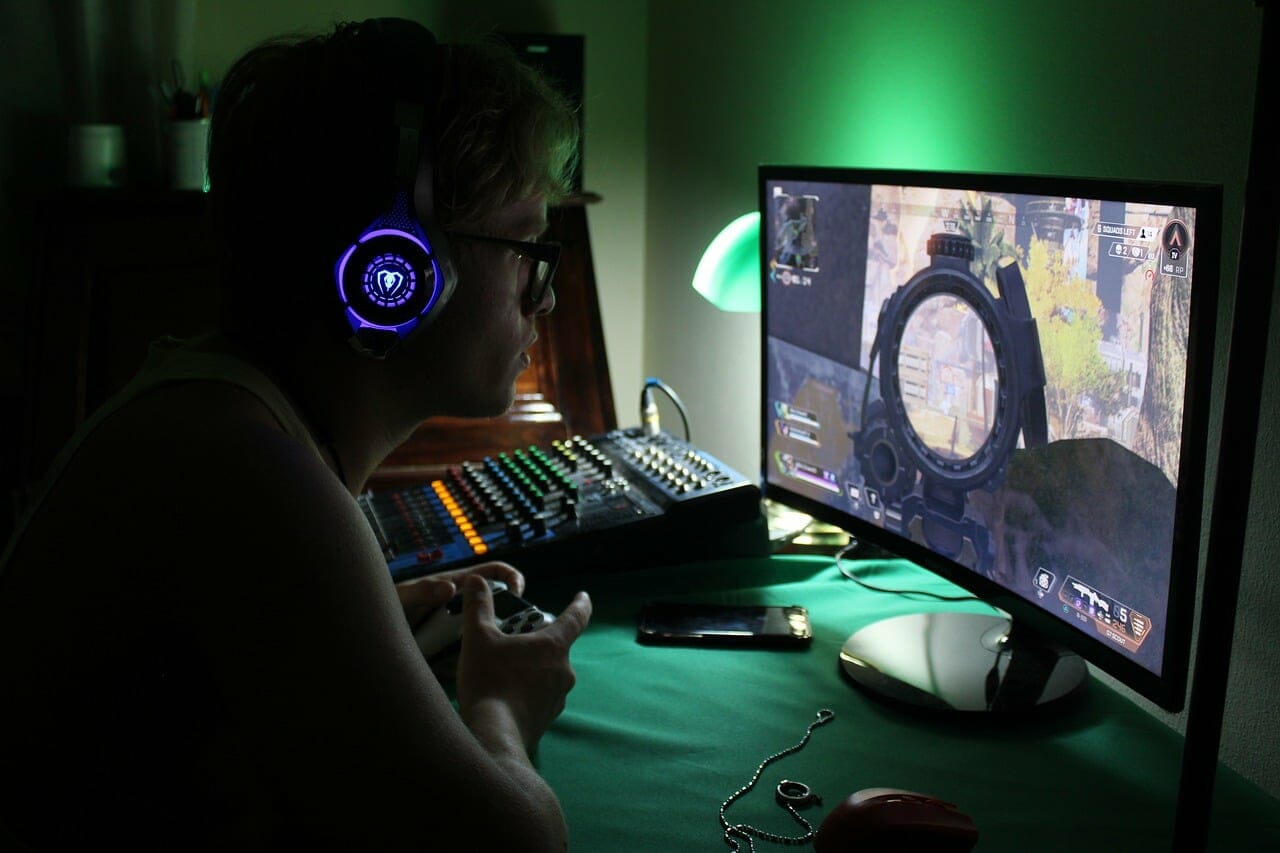
What are the Similarities between Dolby Vision and HDR10?
Both are High Dynamic Range Formats
HDR10 and Dolby Vision are both high dynamic range, a display technology that allows an increase in monitor brightness and color range as compared to normal high definition (HD) displays.
This boost in luminosity makes it possible for you to see more details in dark areas as well as see brighter highlights in scenes that contain bright elements. The result is a much greater sense of realism for the viewer.
Enables us to see a Wider Range of Colors
Dolby Vision and HDR10 are two similar methods of improving the image quality on your display. Both technologies allow for a wider range of colors, which helps to create a more life-like image. They also allow for greater contrast between dark and bright areas of an image; hence, they can enjoy your gameplay or videos.
What are the differences between Dolby Vision and HDR10?
Dolby Vision and HDR10 are both types of high dynamic range (HDR formats) that have been introduced in recent years as new standards for displays. While the two standards have many similar characteristics, there are some key differences between them.
HDR10 was developed by various Hollywood studios, including Lionsgate, Sony Pictures Entertainment, Warner Bros., Fox, and Paramount Pictures. Dolby Vision was developed by Dolby Laboratories and some of the same Hollywood movie companies that worked on HDR10. It uses dynamic metadata to improve brightness in dark scenes, which is why some experts consider it more capable than HDR10.
Dolby Vision Vs. Hdr10: Bit Depth
Dolby Vision differs from HDR10 when it comes to bit depth. What is bit depth? The number of bits used to represent each color in an image is called "bit depth." The more bits it has, the more accurate the image will look.
Most digital images use 8-bits per channel. This means that there are 256 shades of red, green, and blue in each channel, which results in roughly 16 million possible colors per channel. This is why your pictures look so crisp on your computer screen, and then when you print them out at home; they don't look as good. The ink doesn't have enough shades to accurately match what’s on your screen.
High Dynamic Range images use 10 bits per channel, so there are 1 billion (1,073,741,824) possible color variations for each channel. This allows for much more realistic-looking photos with greater detail than ever before.
Dolby Vision support 12-bit color rather than the 10-bit color supported by HDR10. This allows for more than 68 billion colors, which is far more than what is capable with even the most advanced TVs.
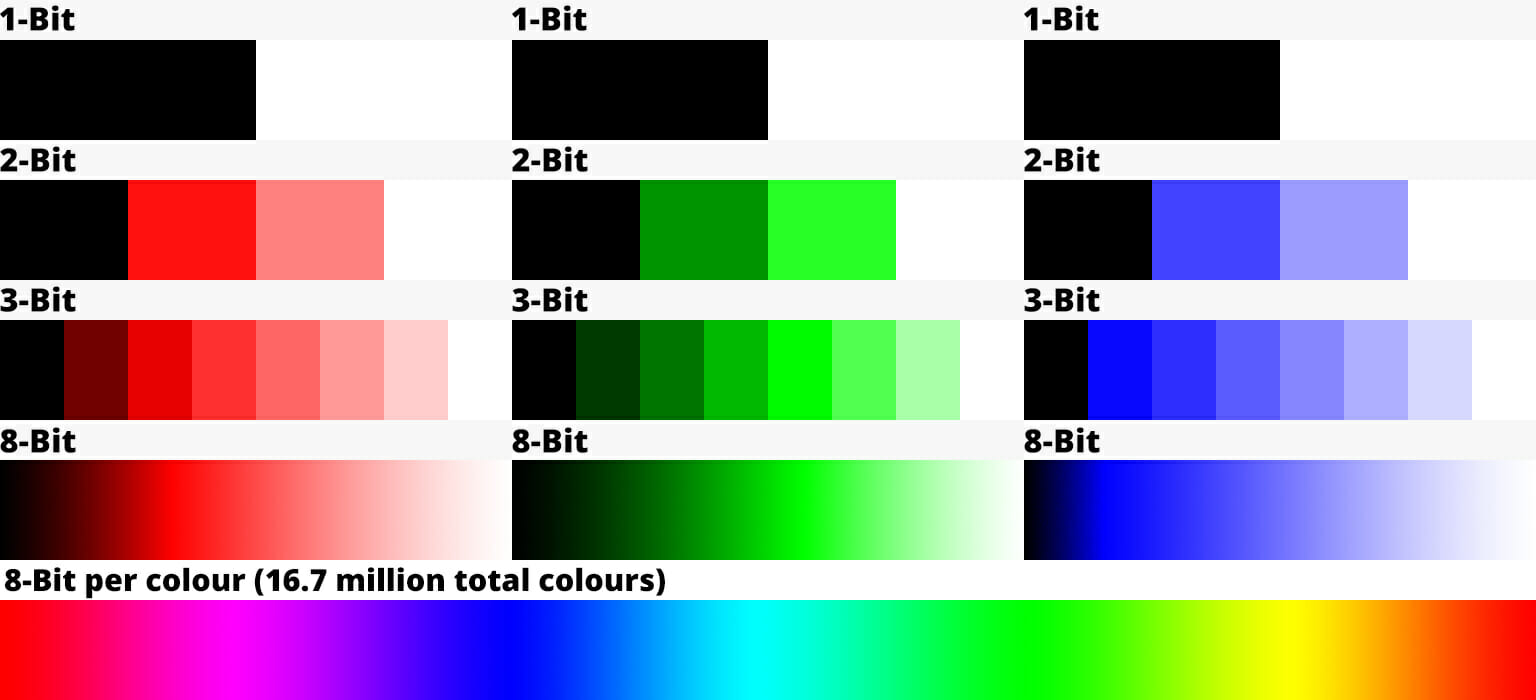
Peak Brightness
HDR10 has a minimum peak luminance of 1000 Nits and a maximum of 4,000 Nits, while Dolby Vision has a minimum peak luminance of 4000 Nits and a maximum of 10,000 Nits. This means that Dolby Vision can display a greater range of luminance than HDR10.
Cost
You should know that Dolby Vision is a premium technology created by Dolby Laboratories, while HDR10 is an open standard created by the UHD Alliance. This means that HDR10 is free for everyone to use while Dolby Vision is licensed technology.
HDR10 is more widely available than Dolby Vision because it doesn't require licensing. This also makes it easy and cheaper for companies like Netflix to implement on their streaming services since there's no royalty fee involved.
Tone Mapping
Dolby Vision enables an image to be shown on a monitor or projector with a much wider dynamic range than standard dynamic range televisions, and projectors can display. This means that when using Dolby Vision, you can see more details in the highlights and shadows than you can with a normal HDR image.
This is especially important when you watch content mastered in Dolby Vision. It will contain much more information than content mastered in standard HDR formats (more on mastering below).
How Dolby Vision Handles Tone Mapping
The benefit of tone mapping is that when watching content mastered in Dolby Vision, you will see everything the director intended as opposed to a monitor tone mapping itself, as in the case with HDR10 content.
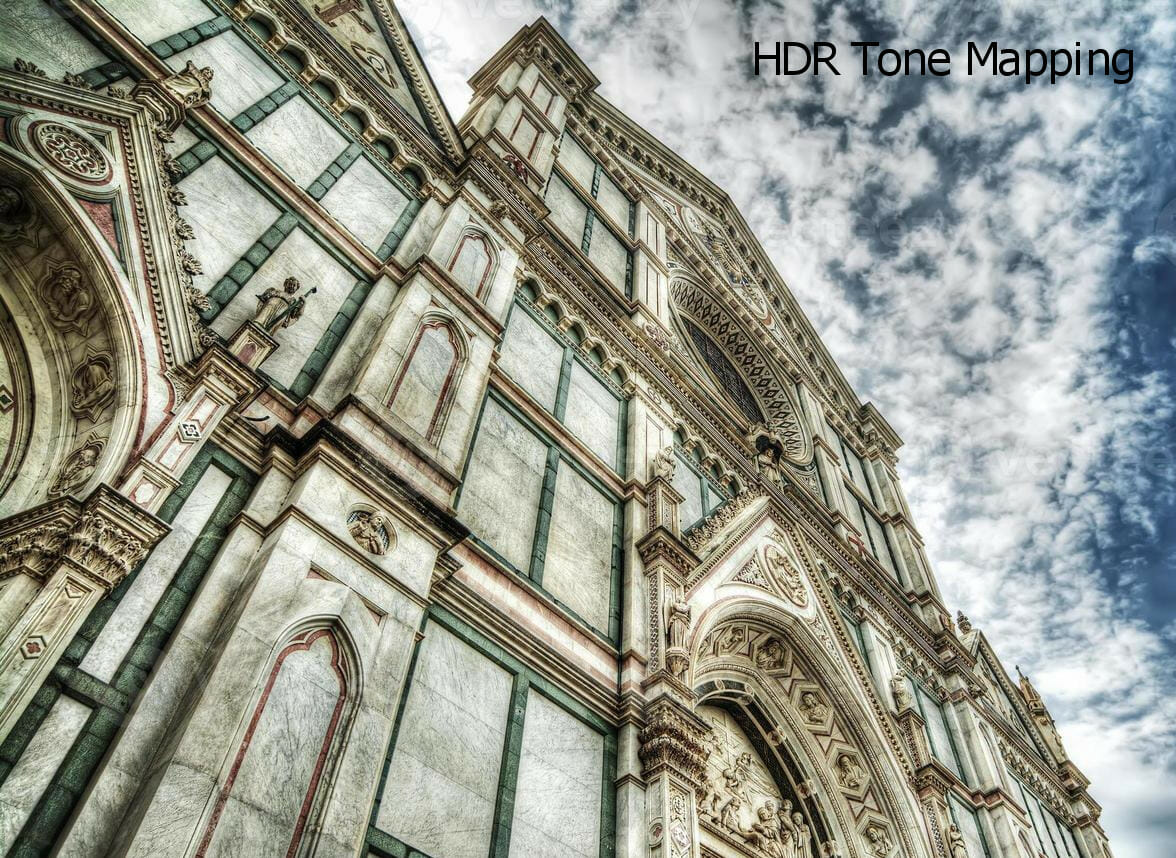
Tone mapping is a technique used to convert high dynamic range (HDR) images into low dynamic range (LDR) images for display. When done manually, the conversion is often done incorrectly, resulting in inaccurate color reproduction and detail loss in dark areas of an image. With Dolby Vision, there is correct tone mapping since it uses a Dolby chip to achieve even colors and brightness.
HDR Tone Mapping
With HDR10, the tone mapping from the source to the screen is controlled by the display. Let's say you're watching a movie on your new 4K monitor that has a peak brightness of 1000 nits.
The monitor will map all of that 1000 nit information down to its capabilities, so instead of 1000 nits, your display will use whatever it can handle. For example, if your display can only display 500 nits max, then it'll map the 1000 nit information to 500 nits.
HDR10 vs. HDR Dolby Vision: Availability
HDR10 Availability
Because HDR10 is an open standard, it is supported by many hardware manufacturers and software providers. There is a wide range of HDR10-compatible devices, from 4K Blu-ray players to smart TVs, computer monitors, video gaming consoles, and streaming devices like Roku Ultra and Apple TV 4K.
Dolby Vision Availability
Dolby Vision tends to support a greater range of colors but is currently only available on a limited number of devices.
- It is supported by Amazon Video where it is called "Dolby Vision High Dynamic Range."
- It is supported on the Xbox One S and Xbox One X
- It is supported on at least some Sony Bravia TVs, but not on all Sony models.
- It is supported by Samsung TVs, but not on 2016 models.
- There aren't too many Dolby Vision movies available yet, although more are coming out this year and next year, including titles like Beauty & The Beast,
Gaming
Many gaming consoles support HDR10, and they include PlayStation 4, PlayStation Pro, Xbox ones and PlayStation 5.
Dolby Vision is available on the Xbox One S, and Xbox One X.
Many games are now supported with HDR, including CS:GO, Mortal Kombat X and Lego City Undercover. And thankfully, PC gamers don't have to worry about this issue at all — just plug in an HDR formats-compatible monitor or TV, and you're good to go.
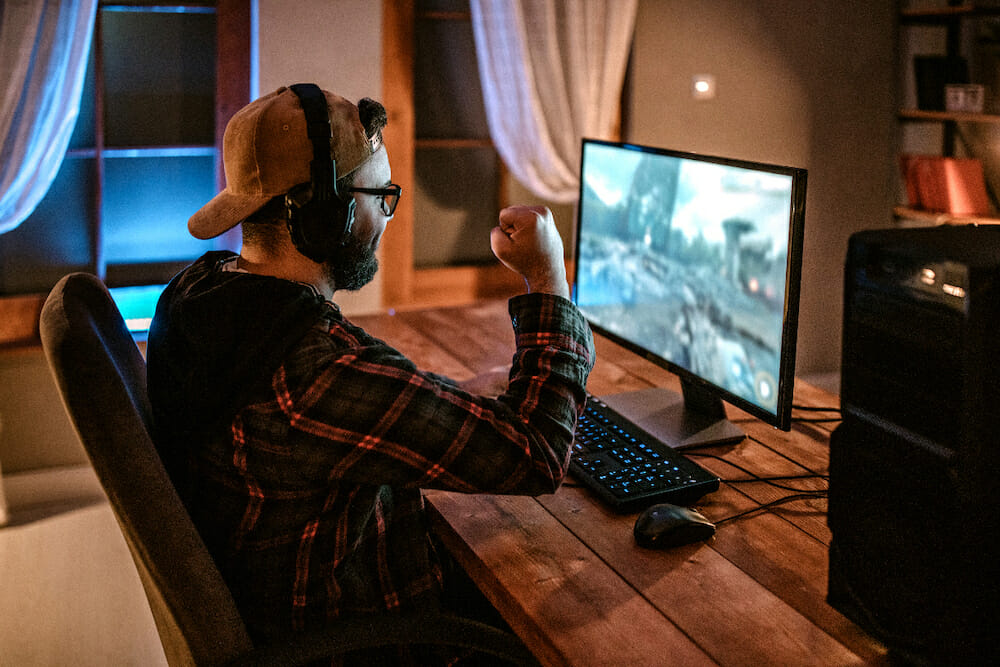
MetaData
Touted as the next generation of video quality, Dolby Vision can produce brighter and more vivid images than HDR10. This is thanks to the use of dynamic metadata, which allows for scene-by-scene adjustments that can be made to both brightness and color saturation on a frame-by-frame basis.
That's right; each individual frame gets its own set of adjustments according to what's happening in that specific scene. This can result in scenes that are visually striking and truly lifelike — imagine being able to see the sun glint off the water in a swimming pool or the way raindrops hit a windshield when driving through a downpour.
Unlike dynamic metadata, HDR10 uses static metadata encoded into every single 4K TV show or movie. This means it doesn't have the same granular control over how each scene looks as Dolby Vision does. The result? HDR10 isn't capable of producing such vivid scenes as Dolby Vision
Image Quality
Watch any movie with your friends in a living room, and you'll probably hear them complain about how the image looks too dark or washed out. In fact, the quality of the color is one of the top three things that most people complain about while watching a movie or playing games.
The quality of your monitor’s picture depends on more than just its resolution; it also plays a big part in how much brightness, contrast, and color information you can get from your display. Dolby Vision and HDR 10 help fix that by helping to produce an image that is closer to what the moviemaker intended for you to see.

Pictures look Richer with Dolby Vision
Dolby Vision supports 12-bit color depth instead of the 10-bit color depth of HDR10. This means that displays with Dolby Vision support up to 68 times as many colors as normal monitors do now. With more colors available, they can show smoother transitions between hues. In short, the picture will look richer.
So what does that mean? Here's an example:
The scene where Walter and Jesse drive into town in Breaking Bad in season 5, episode 7, looks very different when streamed with Dolby Vision versus being watched in standard HDR10. With Dolby Vision, you can see additional details like clouds rolling overhead and a horse galloping in the background.
Which one is more Popular, HDR10 or Dolby Vision?
As of now, there are many titles available in HDR10. HDR10 is supported on a variety of many devices, including PlayStation consoles and many other smart TVs.
Also, HDR10 technology has an advantage because it's open-source and doesn't require licensing fees, as Dolby Vision does. This means that HDR10 can be implemented in any device without additional cost making it a preferred and popular one, while Dolby Vision requires licensing fees and royalties.
Which one is better for Gaming, HDR10 or Dolby Vision?
Dolby Vision is better for gaming than HDR as it has the potential to give you a better picture than HDR10, thanks to its superior features.
Dolby Vision uses 12-bit color depth, whereas HDR10 only uses 10-bit color depth. This means that Dolby Vision can display up to 68 billion colors instead of 10 billion with HDR10.
Dolby vision provides a wider range of luminance levels between black and white to create more lifelike images and videos on your computer screen. Another major benefit is the ability to display true blacks in addition to brighter whites and everything in between for a more vivid viewing experience.
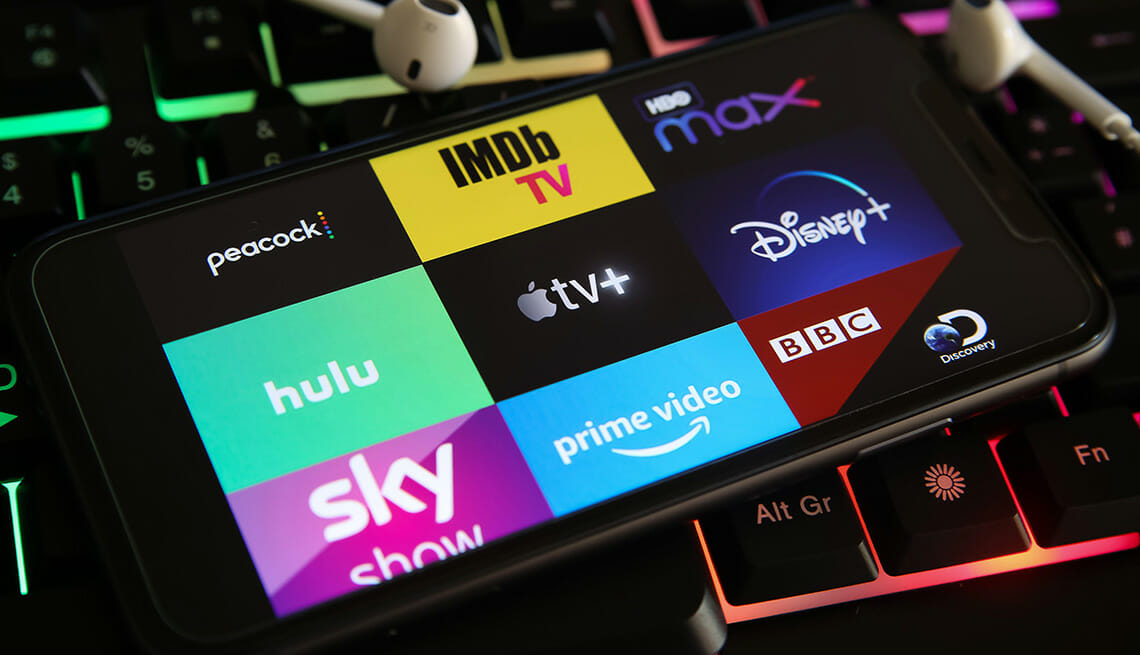
Which one is better for Streaming Services, HDR10 or Dolby Vision?
HDR10 and Dolby Vision offer superior quality content, and that’s why they have been incorporated in many devices and films.
When it comes to streaming services like Amazon Prime Video, Hulu, Netflix, etc., HDR10 is more widely available and supported by more devices. However, Dolby vision is better for streaming, and these are the reasons why;
Larger Brightness Range
Dolby Vision content supports a large brightness range from 0 to 10,000 nits, which is significantly larger than the 1000 nits supported by HDR10. This means brighter highlights with more details visible in the brightest parts of an image or scene.
The other big advantage for Dolby Vision is its support for 12-bit color depth instead of 10-bit, which gives you a broader range of colors and more detail in dark areas. That's not something the home viewer will notice on most shows and movies, but when it comes to things like nature documentaries and dark scenes from "Star Wars," it can make a difference.
Which one is better for Movies, HDR10 or Dolby Vision?
HDR10 being an open standard means that any TV or movie producer can implement this technology without paying licensing fees. However, it's not superior to Dolby Vision.
On the other hand, Dolby Vision requires licensing fees, but it produces superior pictures. A 4K UHD Blu-Ray disc with Dolby Vision can display between 2x and 16x more colors than a regular disc. That means you'll get a much sharper picture with more detail.
FAQs
1. Can you choose between HDR10 and Dolby Vision?
If your TV supports Dolby Vision or HDR10+, but not both, you'll be limited to the type of HDR content you can watch in that format. If a TV doesn't support the HDR formats your Blu-ray is in, it will be limited to HDR10, so you can't watch the content in the intended format.
2. Can you have Dolby Vision without 4K?
Dolby Vision is a licensed video platform that requires all the links in the video chain to support it. So buying the Despicable Me 4K Blu-ray discs won't be enough in itself – you'll also need a TV capable of receiving Dolby Vision, and a 4K Blu-ray player capable of playing Dolby Vision.
3. Is Dolby Vision automatic?
Yes. It will auto play a DV encoded disc in DV but only if you have DV turned ON in the player settings. If DV is set to OFF, it will play the disc in HDR.
4. Does Netflix use HDR10 or Dolby Vision?
Netflix supports 2 HDR formats, Dolby Vision and HDR10. To watch Netflix in these formats, you need: A Netflix plan that supports streaming services in Ultra HD. A streaming device that supports either Dolby Vision or HDR and Netflix.


